|
It was a grassland! I’ll get to that, but first a word about some of the North American grasslands of old. It’s difficult to imagine what it would be like to actually see and appreciate the vastness of the grassland prairies of the Great Plains because today they’re almost all plowed under and gone. However, there are still a few small remnants remaining as the last examples of unplowed prairie—and they are beautiful, historic vistas where the buffalo roamed and native American people followed the herds. Such preserved sites are well worth visiting. The Nature Conservancy’s Tallgrass Prairie Preserve, Northeastern Oklahoma. Little Bluestem in foreground. In the western third of the Great Plains was the shortgrass prairie. Moving eastward, that changed over to the mixed tall and shortgrass prairie and finally, the eastern one third contained the tallgrass prairie, an example of which is the scene in the picture taken in The Nature Conservancy’s Tallgrass Prairie Preserve located in northeastern Oklahoma—40 thousand acres of protected unplowed prairie—magnificent to see and it’s open to the public. And in the foreground of the picture is little bluestem grass, the dominant “matrix” species of all tallgrass prairies west of the Mississippi River, as well as most on the east side of the great river. In the centuries before the European invasion, 42 million acres of tallgrass prairie grasslands extended from Canada south to the Gulf of Mexico and, at the latitude of northwest Louisiana, extended eastward to the western edge of East Texas. But here’s the interesting part, the grassland didn’t stop there even though the prairie did. Grasslands dominated the landscape of the entire southeastern United States, encompassing coastal prairies (2.5 million acres in Louisiana!), longleaf pine flatwoods and savannas, and upland woodlands such as those of the Upper West Gulf Coastal Plain Ecoregion with its shortleaf-pine-oak-hickory plant community. I wish I could show you what that shortleaf pine-oak-hickory woodland groundcover looks like, but I can’t because it’s extinct. However we can come very close by checking out the pictures of the longleaf woodland uplands of Kisatchie National Forest located in the central part of Louisiana. Of course the overstory is different, but the tallgrass prairie groundcover is nearly the same. Tallgrass prairie type groundcovers of the South, whether in a prairie or a woodland, are living hotspots of biodiversity containing concentrated numbers of species of plants, amphibians, reptiles, spiders, insects (such as pollinating bees and butterflies), birds, mammals, earth worms, crustaceans, centipedes, mollusks, pauropods, springtails, proturans, symphylans, nematodes, tardigrades, fungi, protozoans, bacteria, viruses, and more. Unfortunately, little is known about the upland grassland groundcovers of the South because they were all destroyed so many years ago and records with important descriptions are sparse at best. But a flicker of hope is on the horizon as there are movements on now to restore these biodiverse habitats and some of them are becoming quite advanced in size and floristic quality. Restoration of these important now-gone habitats is time consuming, expensive and requires expert guidance, but thankfully a small army of dedicated scientists and volunteers is on the ground. And that makes me hopeful. Imagine the massive amount of biodiversity recovery for North America the restoration of the grasslands of the South would accomplish. Wafer Creek Ranch Shortleaf Pine-Oak-Hickory Woodland. If we move the groundcover from the Kisatchie pictures and put it here, we will have reached our target.
0 Comments
Leave a Reply. |
Johnny Armstrong, Author
#Biodiversity advocate. Ecosystem Restorationist. Steward of an old-growth forest and woodland in northern Louisiana. #ForestFolkMatter #ScienceMatters Rescuing Biodiversity (publishing in June 2023) tells the story of Johnny's attempts at Wafer Creek Ranch to preserve a vanishing Louisiana ecosystem and restore the animal and plant species that once lived there.
“An avowed student of life and restoration ecology, Johnny Armstrong expertly teaches us how to restore an imperiled southern ecosystem based on deep research, firsthand experience, and delighted observation of the species that return to his beloved Wafer Creek Ranch. Driving his devotion is the alarming truth that loss of biodiversity poses a threat on par with climate change and his impassioned belief that society can alter that trajectory, one acre at a time.”
Cindy Brown, Executive Director Land Trust for Louisiana “Up there on your bookshelf between Tolkien and Watership Down is where this book belongs. As an anthropomorphic adventure that winds through the realm of animals possessing courage, savagery, perseverance, and ultimately wisdom in the face of mounting evil threats – humans disconnected from the natural world – the tale is relevant, if not necessary.”
Kelby Ouchley, Author Bayou Diversity: Nature & People in the Louisiana Bayou Country Find an Indie Bookstore
Archives
September 2023
Categories |
CONNECT WITH JOHNNY & THE FOREST-FOLK
JOIN US AT THESE SOCIAL NETWORKS
Shadowshine, An Animal Adventure
by Johnny Armstrong ISBN-10: 1771834609 ISBN-13: 978-1771834605 #ForestFolkMatter #BookstoRead #Fiction #Literature #LiteraryFiction #AnimalFiction |
|
Official Site of Shadowshine, An Animal Adventure ©Johnny Armstrong
Website Developed and Managed by Freelance Creative Support Services
Website Developed and Managed by Freelance Creative Support Services
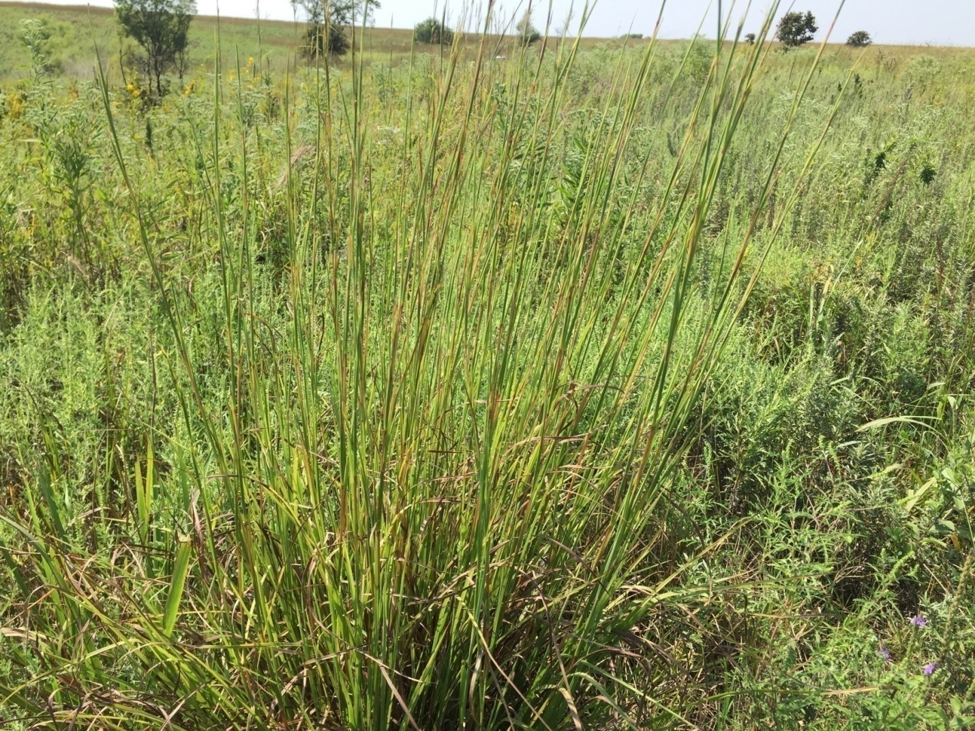
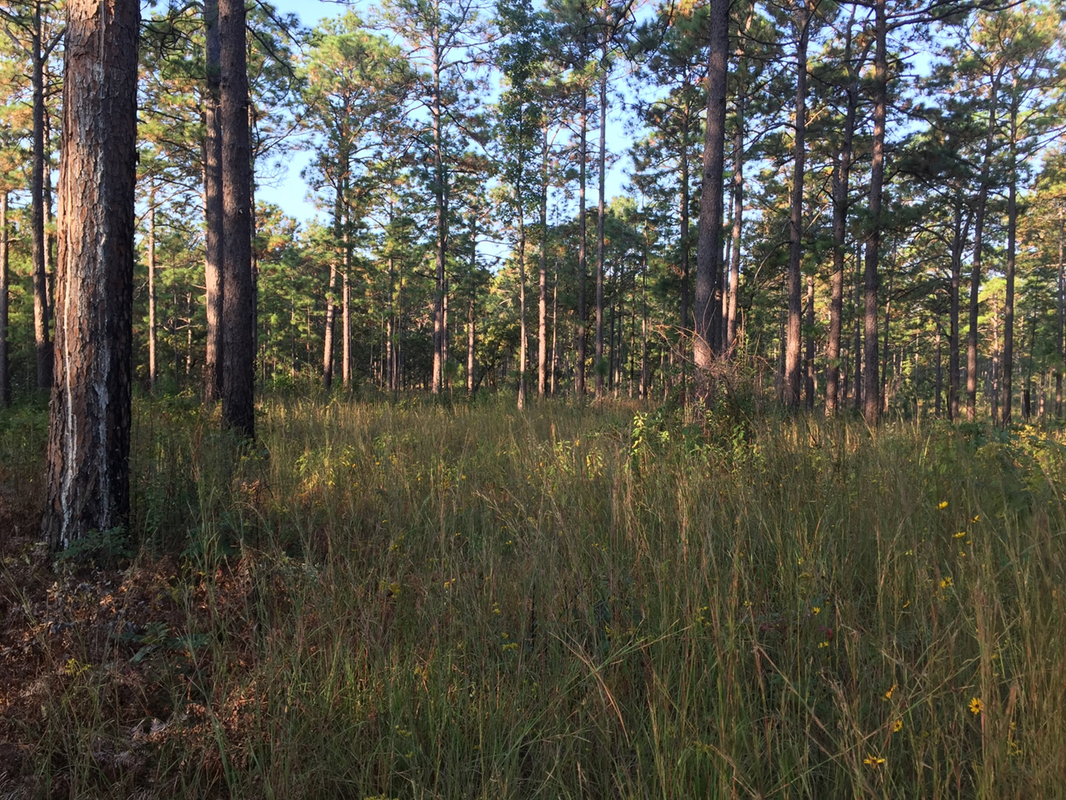
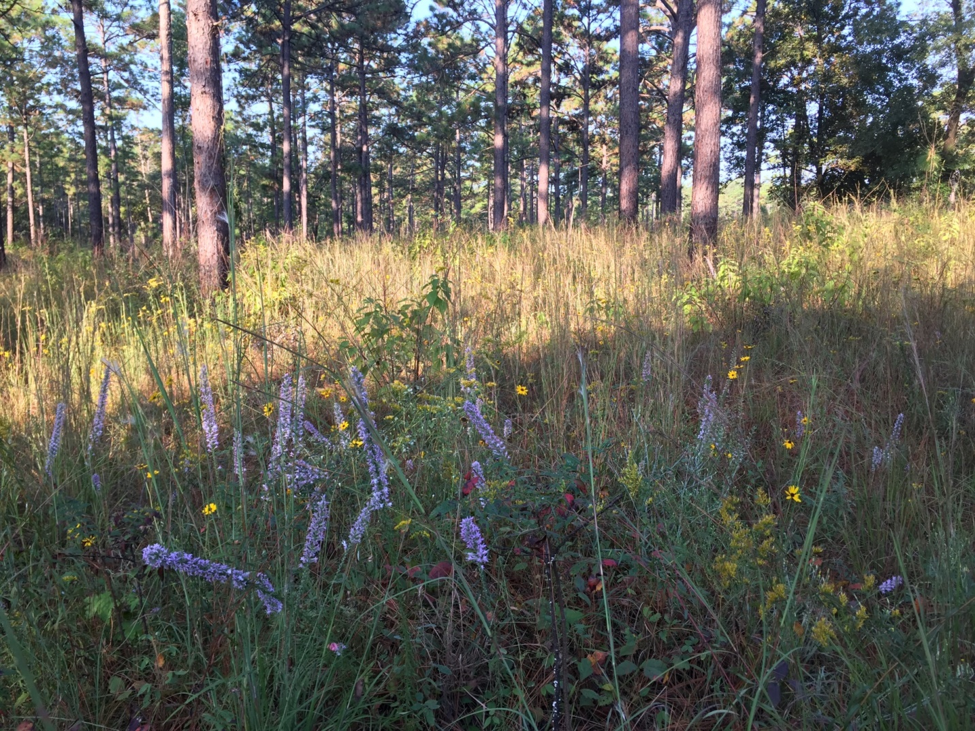
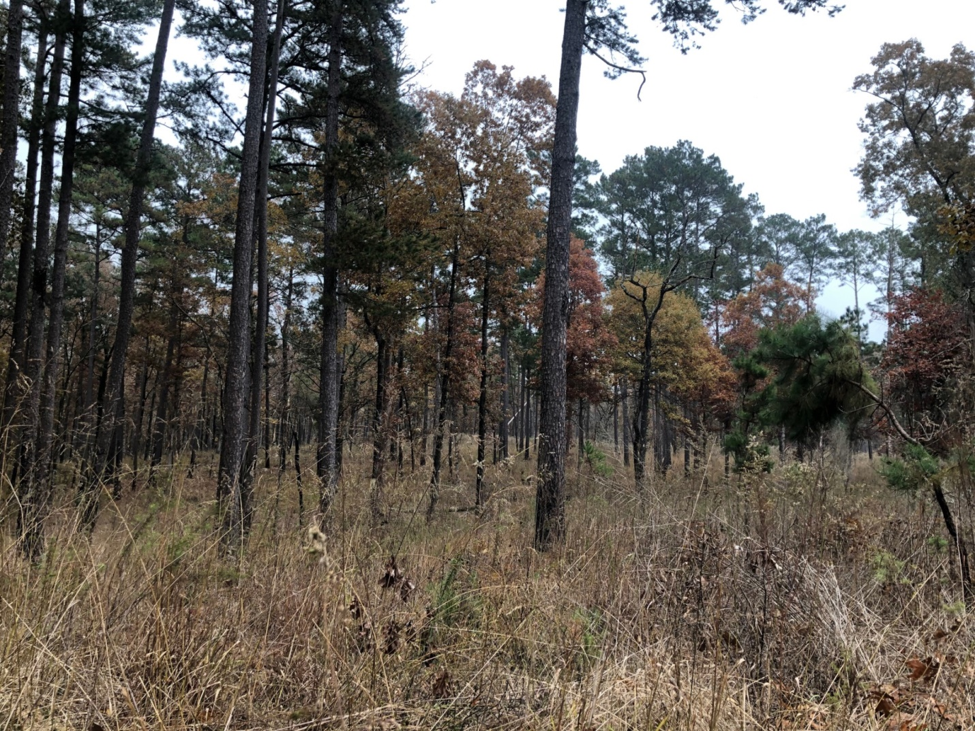

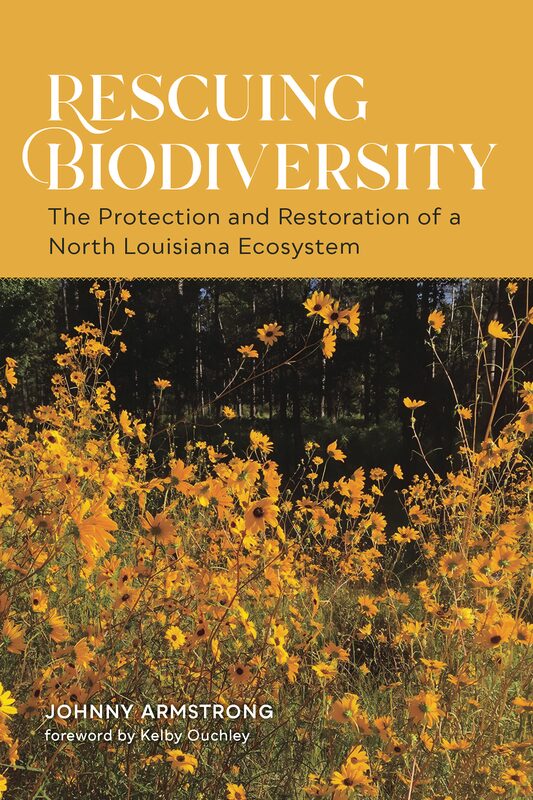
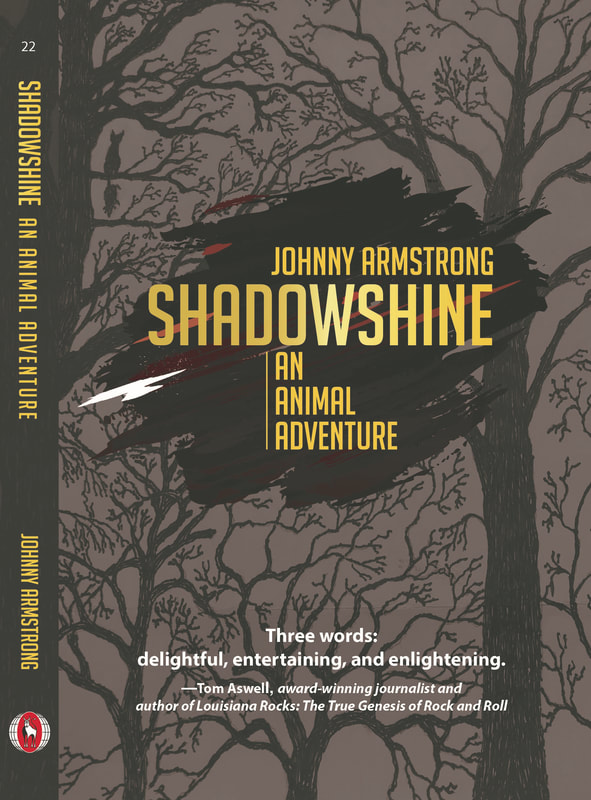

 RSS Feed
RSS Feed
